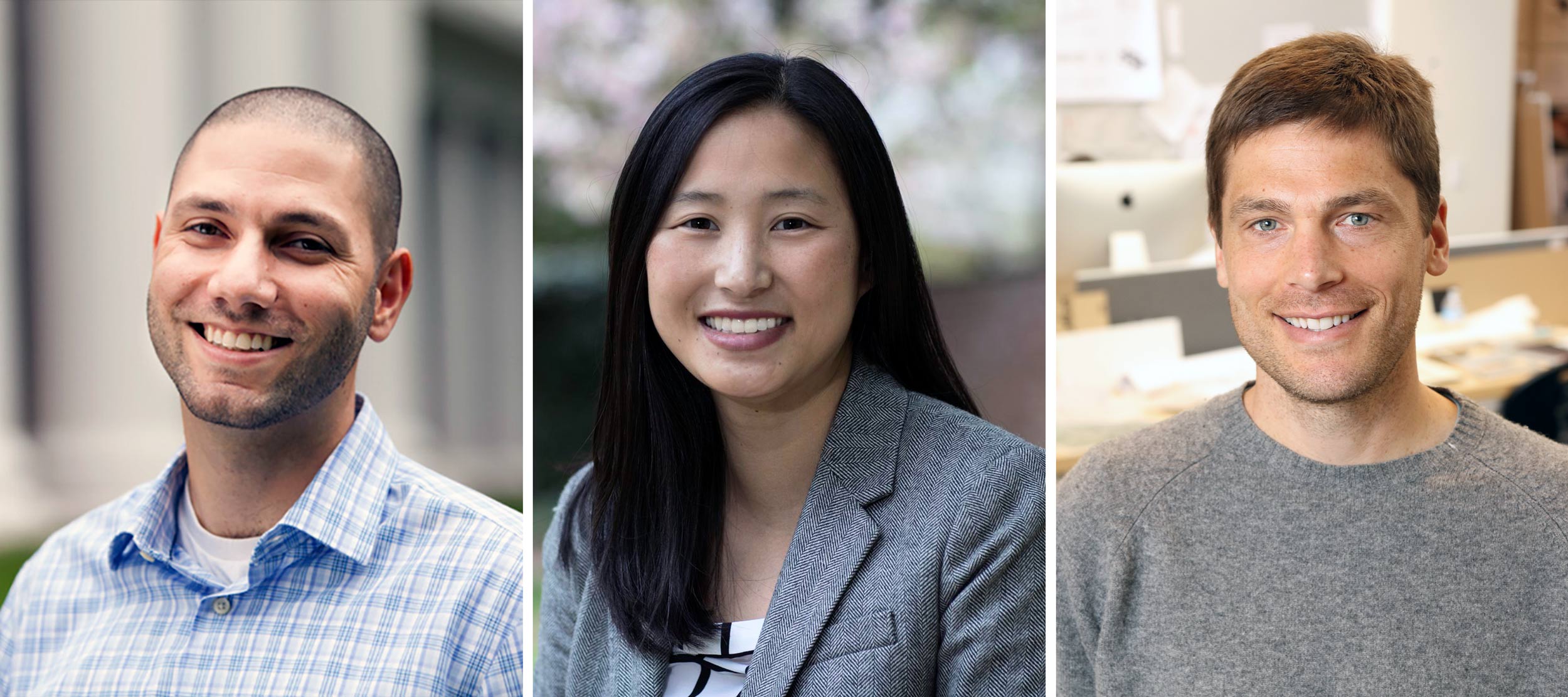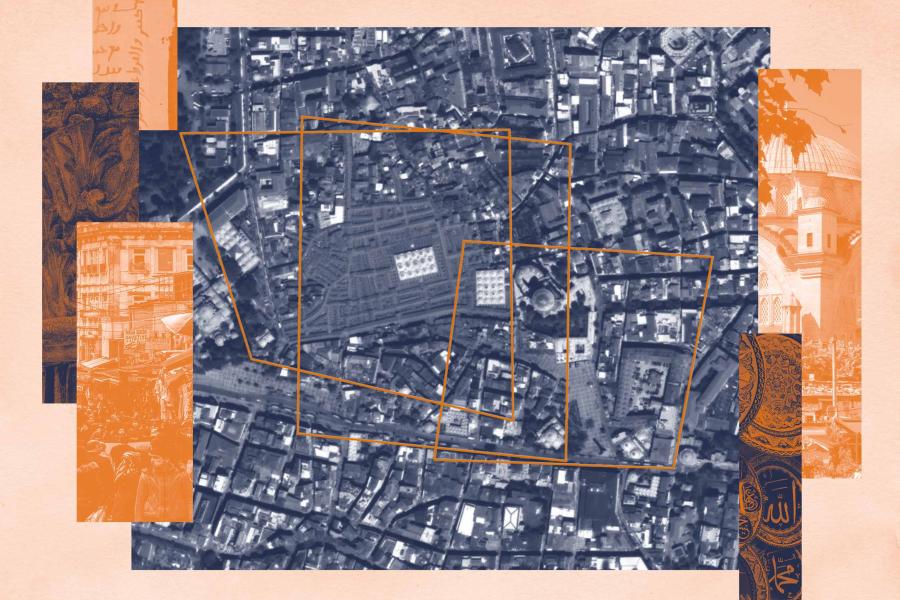There’s a lot of thought that goes into adding things to our routines, our closets, our lives. But how much thought goes into subtracting things? Not enough, according to three University of Virginia professors.
On Friday, the trio is headlining a Fridays at Batten talk at 11:30 a.m. in the Great Hall of Garrett Hall to talk about the transformative power of subtraction in our lives.
Ahead of the presentation, Leidy Klotz of the School of Engineering and Applied Science, Ben Converse from the Frank Batten School of Leadership and Public Policy, and Gabrielle Adams of the Batten School and the Darden School of Business chatted with UVA Today to tell how we can sometimes gain more by taking things away.
Q. What do you mean when you say “subtracting” from our lives?
Klotz: Most of the time, if you want to change something to make it better, your two main options are to add new components or to take away components that are already there. This is true for ideas, objects and situations. If you want to improve an argument in a paper, you can try to gather more evidence or you can try to get rid of the weaker arguments. If you want to improve some product or service, you can add new features or you can remove extraneous ones. It’s the same when you’re designing your life. You can add new goals or subtract old ones. You can add incentives or remove barriers.
Adams: The main finding from our research together is that when people generate ideas for how to change something, they default to thinking about what they can add. And we know from lots of behavioral-science research that in everyday decisions, people will often just go with the first decent solution that comes to mind. So, what often ends up happening when they’re trying to change something is that they will pursue some additive solution that popped to mind without even considering other potential subtractive options.












